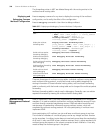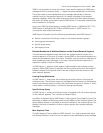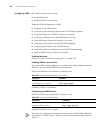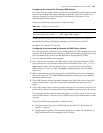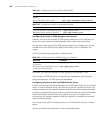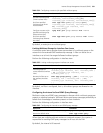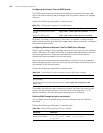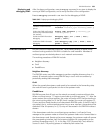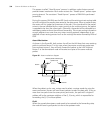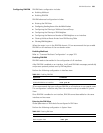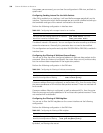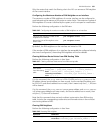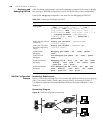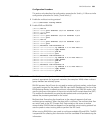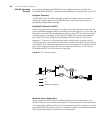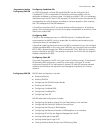
334 CHAPTER 18: MULTICAST PROTOCOL
This process is called “flood & prune” process. In addition, nodes that are pruned
provide timeout mechanism. Each router re-starts the “flood & prune” process upon
pruning timeout. The consistent “flood & prune” process of PIM-DM is performed
periodically.
During this process, PIM-DM uses the RPF check and the existing unicast routing table
to build a multicast forwarding tree rooted at the data source. When a packet arrives,
the router will first judge the correctness of the path. If the interface that the packet
arrives is the one indicated by the unicast routing to the multicast source, the packet
is regarded to be from the correct path. Otherwise, the packet will be discarded as a
redundancy packet without the multicast forwarding. The unicast routing information
as path judgment can come from any unicast routing protocol independent of any
specified unicast routing protocol such as the routing information learned by RIP and
OSPF
Assert Mechanism
As shown in the Figure 84, both routers A and B on the LAN have their own receiving
paths to multicast source S. In this case, when they receive a multicast packet sent
from multicast source S, they will both forward the packet to the LAN. Multicast
Router C at the downstream node will receive two copies of the same multicast
packet.
Figure 84 Assert mechanism diagram
When they detect such a case, routers need to select a unique sender by using the
assert mechanism. Routers will send Assert packets to select the best path. If two or
more than two paths have the same priority and metric, the path with a higher IP
address will be the upstream neighbor of the (S, G) entry, which is responsible for
forwarding the (S, G) multicast packet.
Graft
When the pruned downstream node needs to be restored to the forwarding state,
the node will send a graft packet to inform the upstream node.
Receiver
Router A
Router B
Router C
Multicast packets forwarded by the
upstream node



